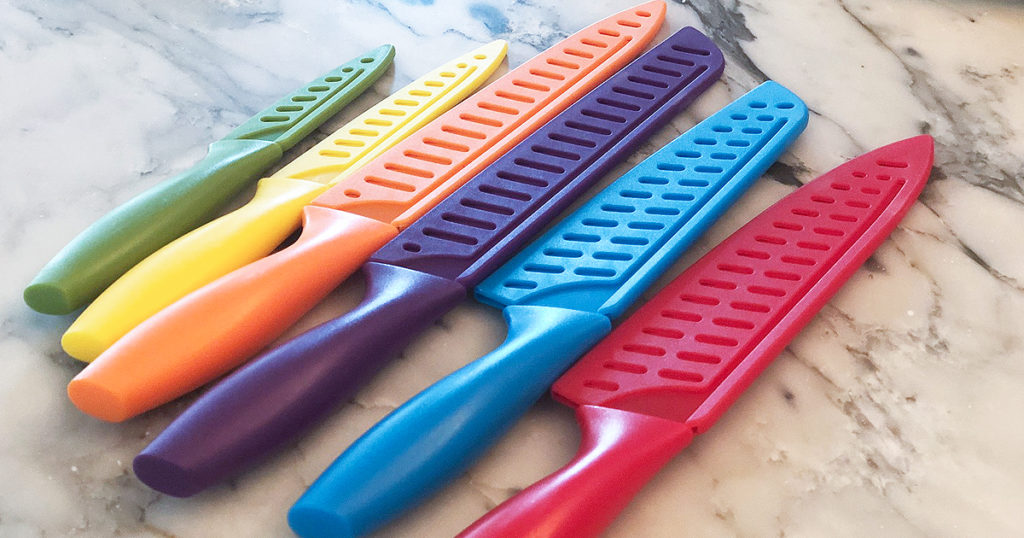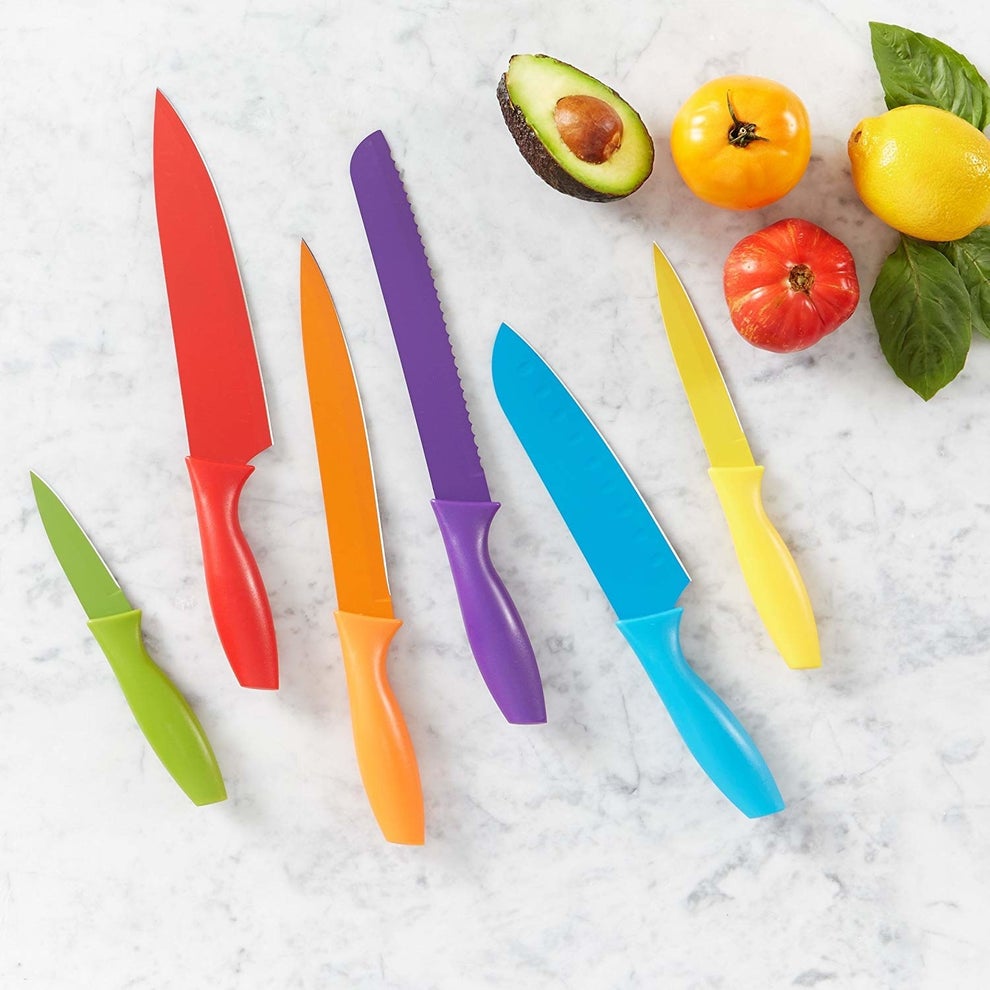If you suffer from food poisoning, it is normal to blame some food that you have eaten that caused some infection and disrupted digestion, which made you sick. Although it might not be right to blame the food directly, there were some lapses in maintaining proper food hygiene in the kitchen that contaminated the food and resulted in poisoning. In most cases, food poisoning happens due to bacterial contamination resulting from poor kitchen hygiene. Some kitchen items like knives, peelers, chopping boards are most susceptible to spread the bacteria into foods.
Kitchens are reservoirs for bacteria
Studies have shown that kitchens are hotbeds for bacterial infection because most of these are resistant bacteria that spread various harmful illnesses to humans in varying degrees. Poor food hygiene that arises from improper washing of raw food items is one reason bacteria thrives in kitchens. The other reason is poor maintenance of kitchen utensils, knives, and other accessories that are often reused without proper cleaning. The cleanliness of kitchen knives and other accessories is critical to prevent bacteria’s spread through food contamination.
Besides, the kitchen sinks, cleaning sponges, and coffee machines are also prone to bacteria and need proper cleaning from time to time to prevent bacteria from spreading.
Bacterial contamination harms human health
Escherichia Coli is the most common bacteria found in all types of kitchens. Salmonella Enterica is another bacterial strain that usually manifests in 25% of kitchen utensils and food items. About 10% of the things contain the Listeriosis strain. All these bacteria are harmful to the gut or intestine and disrupt the digestion process that manifests in abdominal pain and diarrhea, which might create complications like hemorrhaging that can turn fatal. All kitchen bacteria show signs of antibiotic resistance, worrying doctors as it prevents proper treatment and can have damaging effects on people suffering from food poisoning.

How to prevent bacterial infection in kitchens
Practicing good kitchen and food hygiene is the only way to prevent bacterial infection from the kitchens. Besides bacterial infection from single bacteria, there are chances of cross-contamination, too, as it can happen when using the same knife for different applications without cleaning it.
You must be especially careful in cleaning knives as it is most likely to host bacteria if left unclean. Using the same knife for cutting meat and vegetables poses a high risk for bacterial contamination if not properly washed before each application. Sterilizing and cleaning knives before every application can prevent bacteria spread.
Use color-coded knives
Using a different variety of colored knives is the best practice in maintaining kitchen and food hygiene. Every knife has a specific colored handle that indicates some particular use of the knife. Red knives are for meat, the blue knife is for raw fish, the green knife is for fruit and salad, the yellow knife is for cooked foods, the brown knife is for vegetables, and the white knife is for dairy and bakery products.
Similarly, you can use color code chopping boards and well containers for food storage.






